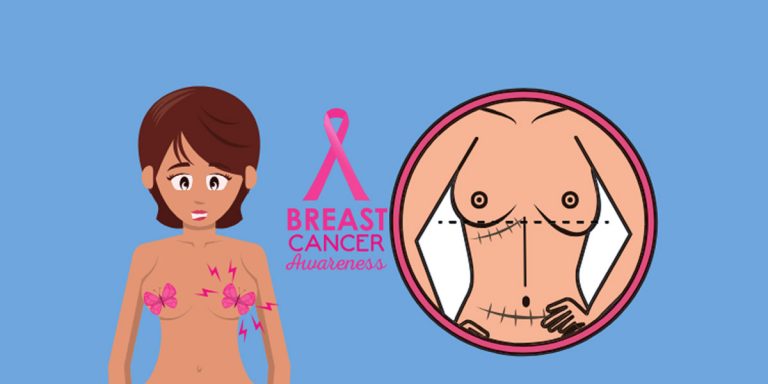Craniosacral therapy (CST) is a gentle, non-invasive form of bodywork that focuses on the craniosacral system, which includes the membranes and cerebrospinal fluid surrounding the brain and spinal cord. While CST is often associated with complementary and alternative medicine, it has found a valuable place in the field of physical therapy. In this blog post, we’ll delve into the world of craniosacral therapy and its potential benefits when integrated into physical therapy treatments.
Understanding Craniosacral Therapy
CST is based on the premise that the craniosacral system has its rhythm, similar to the heartbeat and breathing. When this rhythm is disrupted due to physical or emotional trauma, it can lead to various health issues. CST practitioners use gentle touch and manipulation techniques to assess and restore the balance of this system, facilitating the body’s natural ability to heal.
Benefits of Integrating CST into Physical Therapy
1. Pain Management
CST can be particularly beneficial for managing chronic pain conditions. By releasing tension in the craniosacral system and promoting relaxation, CST may help reduce pain levels, making it easier for patients to engage in physical therapy exercises and activities.
2. Enhanced Mobility
Improved mobility is a primary goal of physical therapy, and CST can complement these efforts. By addressing restrictions in the craniosacral system, CST may enhance joint flexibility and overall body movement.
3. Stress Reduction
Physical therapy can be challenging, and many patients experience stress and anxiety during their rehabilitation journey. CST’s calming and soothing effects can help reduce stress levels, making it easier for patients to focus on their exercises and therapy sessions.
4. Post-Traumatic Recovery
Individuals recovering from head or spinal injuries may benefit from CST’s ability to address trauma within the craniosacral system. It can be an essential component of holistic rehabilitation programs.
5. Improved Nervous System Function
The craniosacral system is closely tied to the central nervous system. CST may help improve nerve function, which can aid in restoring muscle control, coordination, and sensory perception.
6. Whole-Body Wellness
CST takes a holistic approach to healthcare, considering the interconnectedness of the body and mind. When integrated with physical therapy, it promotes overall wellness and a sense of balance.
Considerations for Integration
It’s important to note that not all physical therapy programs include CST, and its use should be guided by the specific needs and preferences of the patient. Before incorporating CST into a physical therapy regimen, it’s crucial for patients and their healthcare providers to discuss its potential benefits and any contraindications.
Conclusion
Craniosacral therapy is a gentle and non-invasive approach that can complement traditional physical therapy. By addressing the craniosacral system, it may enhance pain management, mobility, and overall well-being for individuals on their journey to recovery. As with any healthcare treatment, it’s essential to consult with Dr. Alexandra Chaux at 805-203-9940 to determine the most appropriate and effective therapy plan for your specific needs.




